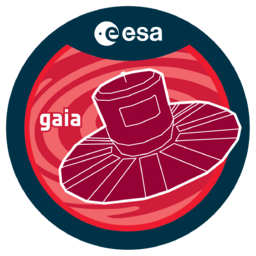Marvelous! And now I get to try out something I've wanted to check with a larger dataset.. Boxel Helium level vs. the bodycount of the system with the most objects per boxel.
Edit: Sorry for earlier lack of context. Parenting was... something of an adventure today. I'm not good at graphs when I spend a decent amount of time at them, which I obviously didn't here.
So this is from
@Orvidius 's data as posted earlier today that we've been ironing out the wrinkles on. Each dot represents a boxel with mass code E-H Vertical (ordinate) represents the highest number of bodies of the most populated system in a given boxel. Horizontal (abscissa.. I get to learn a new word today) represents the helium level.
The assumption is that each boxel has a helium range, which shows pretty consistently in the data. The higher the helium, the wider the range.(Eg. if you find a system with 23.9% helium, the range is going to be somewhere around +/- .02%, whereas at 30% it'll be around -2% to +3%... meaning if you know nothing about a boxel except for the helium percentage of the system you are in, another system might be as low as 28% (if your system represents a high level for the boxel) or as high as 33% (if your system represents a low level). As you find more systems with gas giants, the range can be more closely worked out. Systems without gas giants are assumed to be within the helium range, but cannot be used to calculate it for obvious reasons.
The body count includes all bodies in the system (excluding asteroid fields / rings) including stars and the helium containing body.
The point of all this.. Anecdotally I've noticed that systems with higher numbers of bodies tend to be in boxels with higher helium levels. I've noticed this anecdotally for some time, but didn't have access / patience to parse the EDSM dataset to see if the existing data supports this or not. I'm not sure that this completely supports it either, since there's an awful lot of incomplete systems in EDSM. But I've been scanning full boxels to flesh out the data somewhat, and so far it appears to... at least on the low helium levels. I have yet to find a system below 24% that had more than 23 bodies. (I've fully scanned a bit over 800 so far)
I suspect that the 'preferred band' of 0-20 bodies is more to do with people preferring to scan high value objects.
I am once again out of time, but hopefully I'm at least somewhat coherent here.

